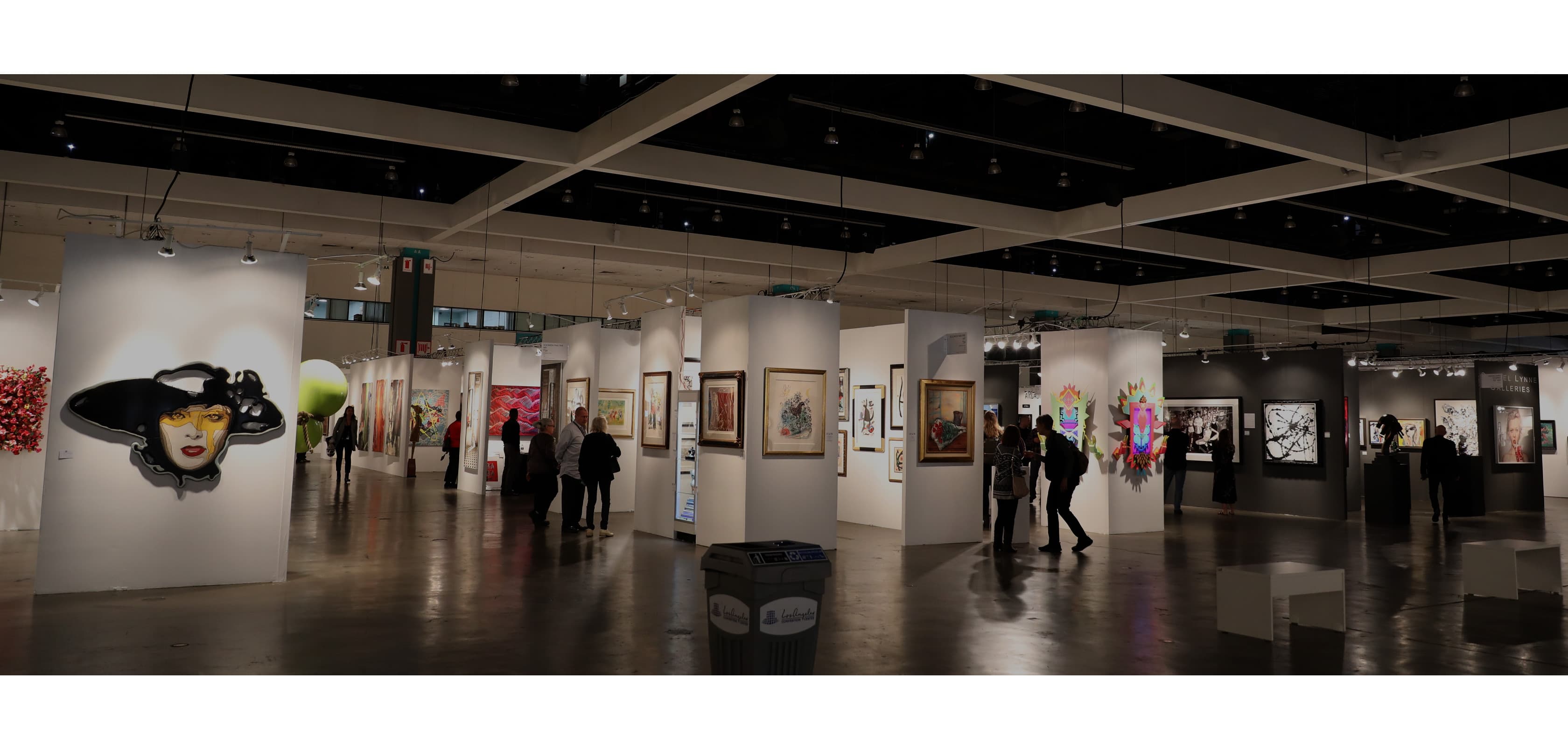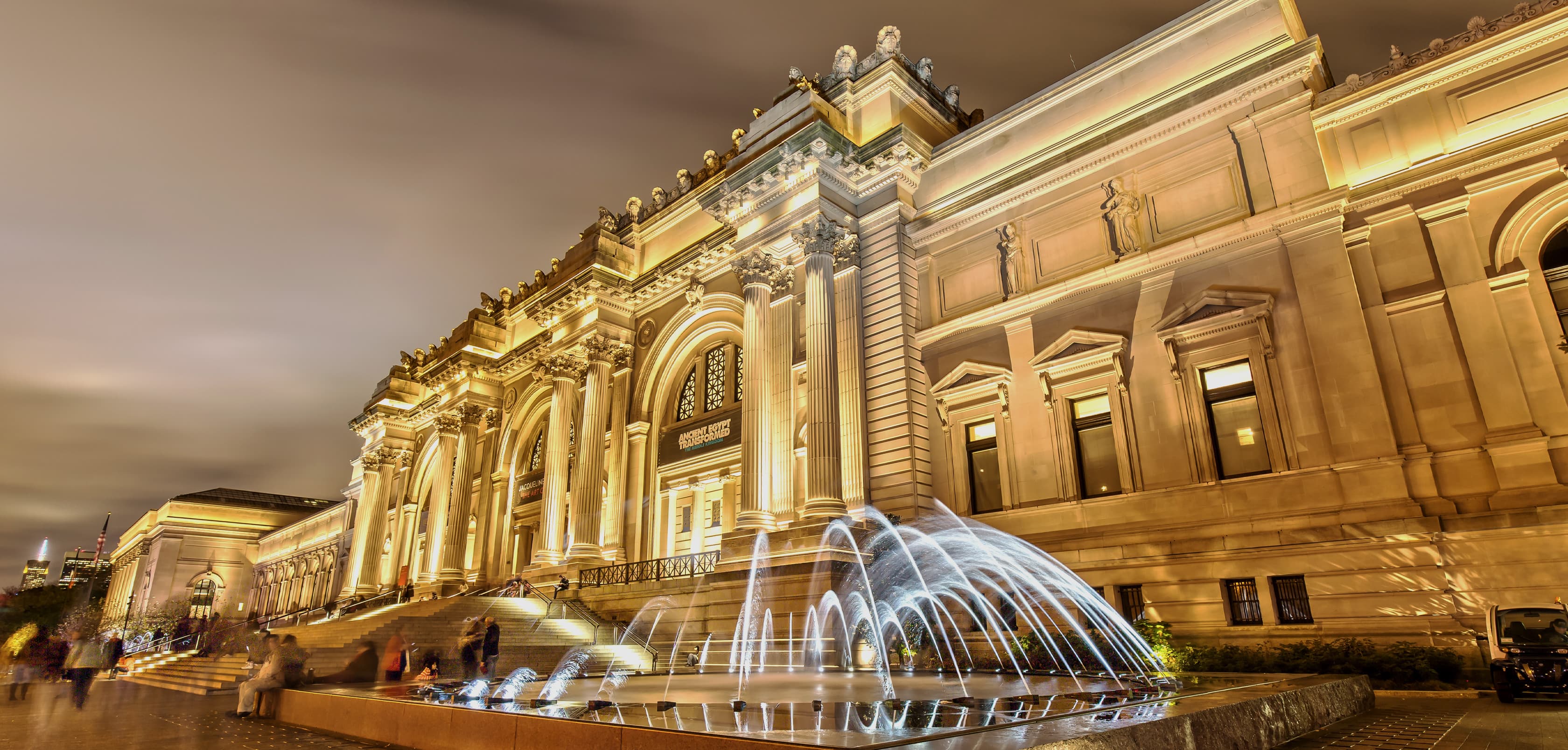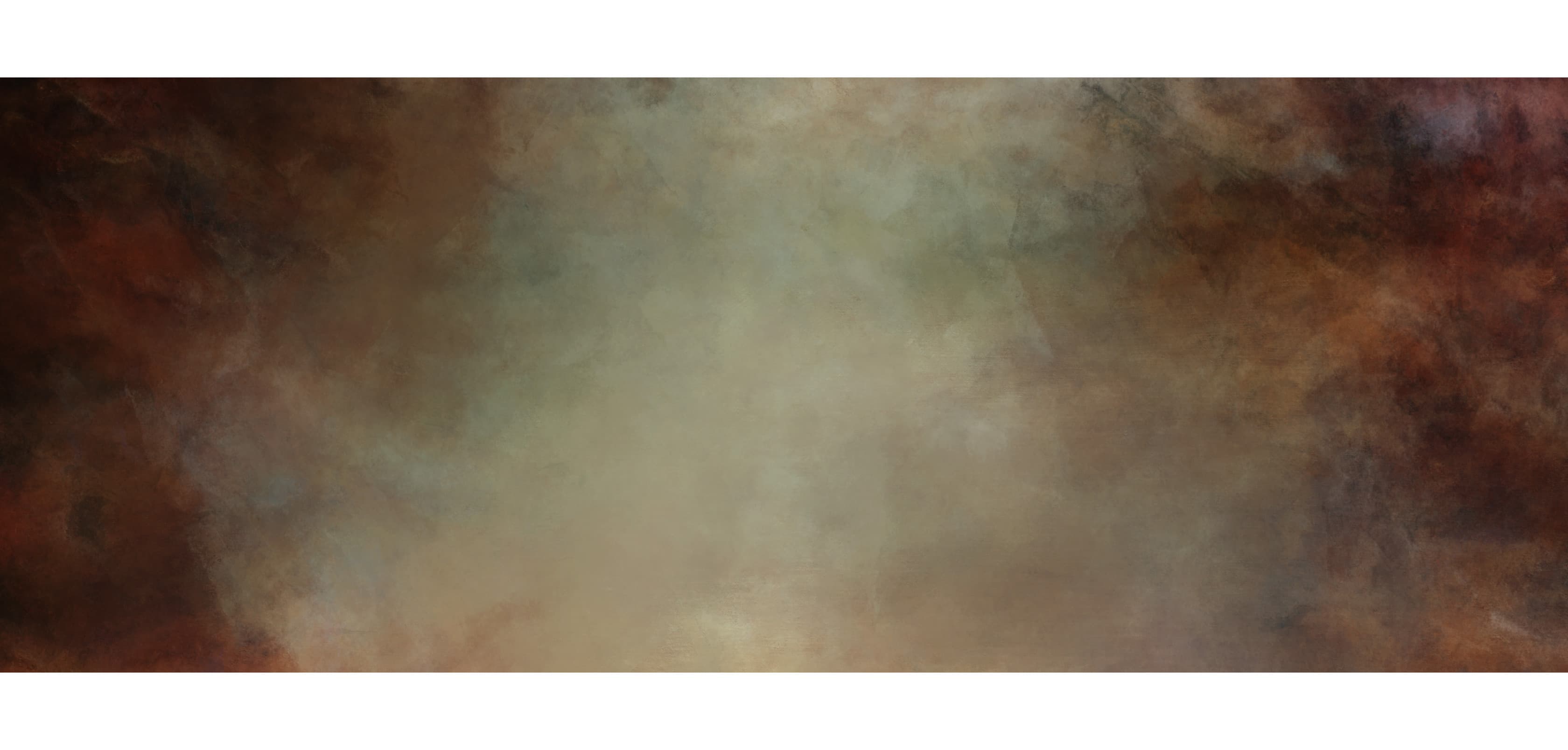Revolutionizing Art Investment with Data-Driven Expertise
Art Economics Advisory
Summit Communication Group, in collaboration with Kusin & Co, introduces the Art Economics Advisory, a pioneering service driven by rigorous facts and analysis. Building on the groundbreaking insights from “Art as an Asset in the 21st Century,” this advisory utilizes proprietary know-how, extensive art-price datasets, and decades of applied experience to transform the art investment landscape.
Discover how our innovative approach to art economics can revolutionize your art buying, selling, and investment strategies.

Principles & Culture
Blending Connoisseurship with Quantitative Analysis
At Summit Communication Group and Kusin & Co, we are committed to redefining the art investment experience. Our team, combining connoisseurs and quantitative analysts, provides strategic solutions that align with the evolving needs of the 21st-century art market.
Process
Innovative Strategies for 360 Art Investment and Management
Our process is meticulously designed to cater to the unique demands of modern art economics. We leverage massive datasets, financial statistics, and applied mathematics to provide a highly efficient platform for art transactions.
Efficient Buying and Selling Platform
We offer a platform for buying and selling art with reduced uncertainty, lower costs, and increased speed compared to traditional methods.
Risk-Weighted Valuation for Banking and Insurance
Our services include providing bankers and insurers with risk-weighted values essential for extending secured inventory and collection loans and underwriting insurance.
Financial Assurance Underwriting
We manage transaction uncertainties and costs for buyers and sellers through empirical underwriting of financial guarantees.
Hedging Investment Portfolio Risks
Our advisory enables clients to hedge non-art investment portfolio risks by either acquiring art or utilizing 150 art submarket indexes.
Futures Trading Platform and Taxation Solutions
We provide a futures trading platform and a delivery mechanism that avoids current taxation liability, offering a novel approach to art investment.
Why Us?
The experience of buying and selling art is virtually the same now as it was during the 18th century.
Auctions conducted more than two hundred years ago by the four great London houses—Christie’s, Sotheby’s, Phillips and Bonham’s—provided a setting that would be very familiar to what auction-goers know today. And the reverse is true. If a buyer at Harry Phillips’ auction of Marie Antoinette’s paintings during the 1790s could travel across time, he would stroll comfortably into a modern-day auction room. Sure, there are some embellishments today—presale estimates, sales catalogues and the ability to bid online—but the heart of the commerce in art has not changed.
Our partnership with Kusin & Co brings a completely new option for art transactions and financial risk reduction tools. Our approach is tailored for an asset class of unique, non-fungible works of art, where connoisseurs and quants work together in a setting of near-real-time market conditions.
However, the rest of the world has changed, and profoundly. During the past quarter century, all other economic marketplaces—for stocks and bonds, for real estate, for commodities and the many other markets for capital—have begun to use vast amounts of knowledge broken down into its tiniest particles—data—in order to buy and sell much more quickly and accurately. The caliber and scale of available knowledge, virtually on demand, is unprecedented. The cost of data has plummeted. Even the meaning of “marketplace” has been transformed.
The harnessing of robust technologies, applied mathematics and vast amounts of pricing records—both archival and available in real time from many sources—has made this possible. The ability to measure the correlations of price changes among all markets for capital heightens the value of comparative analysis even further. The breadth and depth of knowledge now available has opened new routes to de-risk assets, transactions and markets. As a result, the cost of trading activity has gone down while speed and precision have gone up. Unfair or illegal transactions have become easier to spot and prosecute.
While this major evolution has been unfolding on a comprehensive, global scale, the submarkets for art are little changed. Many are stagnant, operating as if not much has budged since the reign of George III. Most of the largest auction houses are marginally profitable but unable to meet a sustainable level of reinvestment. Rather than make decisions based on empirical evidence, many leaders of the art sector rely on untested suppositions and are routinely flummoxed by disappointing results and complexity they can’t explain. A host of symptoms define the consequences of the art sector’s inability to use the many financial tools and intellectual assets that the 21st century has provided. Among them are
30-35% of all attempts to sell art at public auction fail, a definition of systemic inefficiency if ever there was one the commissions and fees built into buying and selling art are five to six times those levied on real estate transactions the costs attached to the sale of contemporary art are even higher, reflecting additional inefficiencies that harm market sustainability art dealers are unable routinely to borrow from banks to finance their inventories, considerably driving up costs and hobbling their ability to respond rapidly to fast-emerging opportunities certified art appraisers prepare reports that fail to portray the financial reality of prices and values or to provide usable guidance in the real world
These symptoms, and others, produced the environment that Kusin found at its inception. There were no available economic, financial or statistical frameworks in existence that could have been applied to understanding the buying and selling of art in a global environment. Relevant data were non-existent, highly biased or virtually inaccessible.
In this analytic vacuum, it was necessary literally to invent a comprehensive, articulated knowledge infrastructure for art from the most raw beginnings imaginable. Equally important, it was essential to account for all the peculiarities and distinctions of art itself versus more nearly “normal” assets such as stocks and bonds, real estate and commodities. Finally, it was a requirement for success not to disrupt existing aspects of the art trade that continued to make good sense in the 21st century even though some remain quirky in the extreme.
Fortunately, the first Kusin client was a national government with an art sector that produced significant contributions to the generation of its wealth. The country was a member of the European Union and needed—at both the ministerial and agency levels of government—to weigh the costs and benefits of establishing uniform tariffs on the import and export of fine art and decorative art, a proposal at odds with then-existing norms of international trade. Further, because of other evidence-free legislation originating in Brussels, the same nation was pressed to assess additional harm to its global entrepôt trading center by the introduction of special transfer taxes on modern and contemporary art that its leading competitors—chiefly Switzerland and the United States—did not levy or even contemplate.
To deal with the needs of this and other clients, a proprietary, comprehensive analytic infrastructure equivalent to the kinds already in existence—and taken for granted—in all other marketplace economies had to be built de novo. Classic macro- and micro-economic frameworks were constructed to guide massive supporting data flows. Applied mathematics, financial statistics and data science were shaped, also de novo, to account for the distinct physical realities of art and its specialized trading mechanisms.
The resulting elements of intellectual property and know-how were developed and tested sequentially as more clients’ needs arose. Today, the portfolio of IP and inventions comprise a broad, deep pool of usable knowledge to drive analytic frameworks and financial tools crafted specifically for fine art, decorative art and antiquities. They are constantly evolving. Adjacent financial intermediaries that provide banking, wealth management and fiduciary services for individual collectors, institutions and the art trade benefit equally.
Our Services For Clients
Cultivating Cultural Wealth: Strategic Art Investments for National Heritage
At Summit Communication Group and Kusin & Co, we offer specialized services for Sovereign and Cultural Development Funds, focusing on preserving and enhancing cultural heritage through strategic art investments. Our expertise in art economics and market analysis enables these funds to make informed decisions that align with their cultural and financial objectives. We assist in curating collections that not only embody national and cultural identity but also hold significant long-term value, ensuring that investments in art contribute to cultural enrichment and sustainable economic growth.
Curating Personal Legacies: Elevating Private Collections with Expert Insight
For Private Collectors, our Art Economics Advisory provides a bespoke service that transcends traditional art advisory. We understand the personal and emotional value of art collections and combine this with our data-driven approach to maximize both aesthetic appeal and investment potential. Our team of experts assists private collectors in navigating the complexities of the art market, offering insights into emerging trends, valuation, and strategic acquisitions that resonate with their individual tastes and investment goals.
Elegance in Every Environment: Transforming Collections into Statements of Sophistication
Luxury Hotels and Corporate Collectors benefit from our tailored advisory services that enhance their spaces and brand image through art. We understand that art in commercial spaces is not just decoration; it’s a statement of sophistication and corporate identity. Our team works closely with these clients to select pieces that complement their brand ethos, attract clientele, and increase the intrinsic value of their property or corporate collection.
Preserving Heritage, Enhancing Value: Tailored Art Strategies for Family Legacies
For Single Family Offices, our advisory services are centered around discretion, exclusivity, and a deep understanding of family legacies and values. We provide comprehensive art investment strategies that align with the family’s long-term wealth preservation and growth objectives. Our services include collection management, legacy planning, and market analysis, ensuring that art collections contribute to the family’s heritage and financial well-being.
Diversifying Portfolios with Art: Innovative Investment Strategies for Financial Titans
Hedge Funds and Financial Institutions find a unique partner in us for diversifying their investment portfolios through art. We offer sophisticated art investment strategies that complement their existing financial portfolios, providing a hedge against market volatility. Our services include market analysis, risk assessment, and portfolio integration, ensuring that art investments are aligned with their broader financial objectives and risk profiles.
Engagement Models
Sovereign & Cultural Development Funds
Cultivating Cultural Wealth: Strategic Art Investments for National Heritage
Global Advisory Consultation
Our Global Advisory Consultation structure is tailored for the unique nature of art economics, offering cost-effective solutions for collectors worldwide. This fee is calculated based on the scope and scale of the advisory services, ensuring that our clients receive world-class expertise without the excessive costs typically associated with high-end art consulting.
Collaboration with Art Institutions and Experts
In our commitment to offering comprehensive art advisory services, we partner with renowned art institutions, galleries, and independent art experts globally. This collaboration enriches our service offerings, allowing us to provide well-rounded support that encompasses diverse perspectives and expertise in the art world.
Tailored Engagement for Diverse Collectors
Recognizing the diverse needs of our global clientele, we offer customized engagement models. Whether it involves detailed collection curation, market analysis for potential acquisitions, or strategic divestment advice, our team is equipped to provide bespoke solutions that align with the individual goals and preferences of each collector.
Bespoke Portfolio Management
For clients seeking to integrate art into their broader investment portfolios, we offer bespoke portfolio management services. This includes art market analysis, risk assessment, and strategic alignment with overall investment objectives, catering to both seasoned collectors and newcomers to the art market.
Start the conversation.
The best relationships start with straight talk.
Seeking advice? Find out if we can help
Industry experience across many sectors

